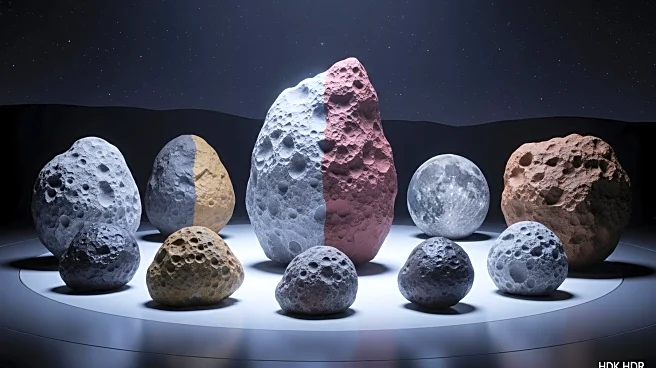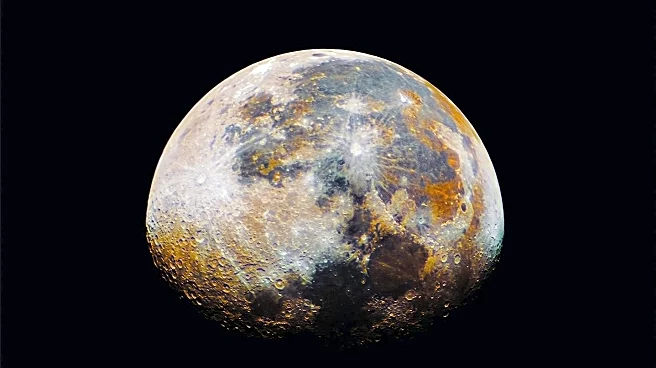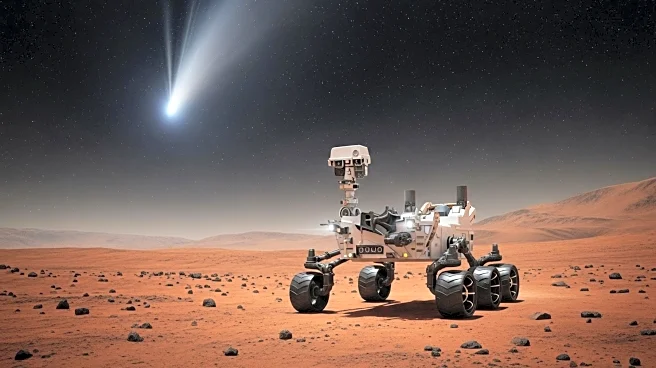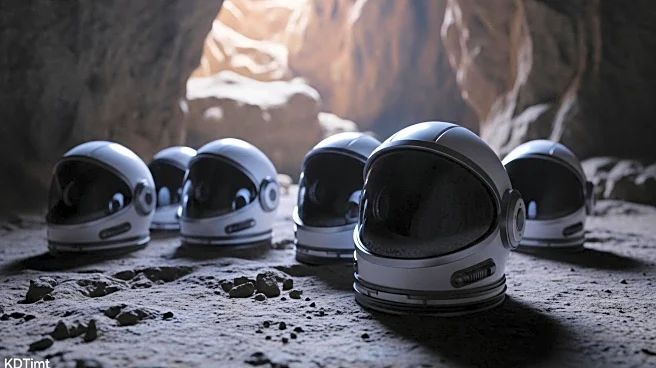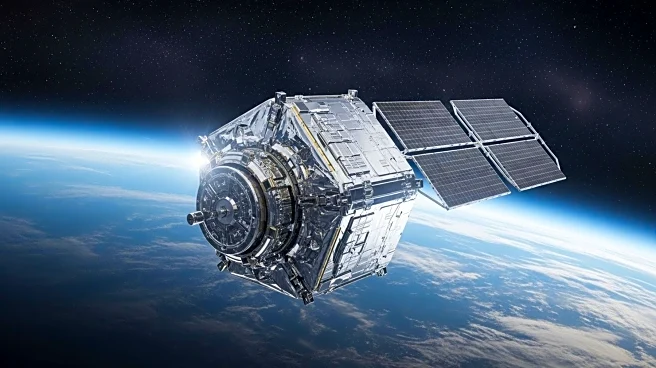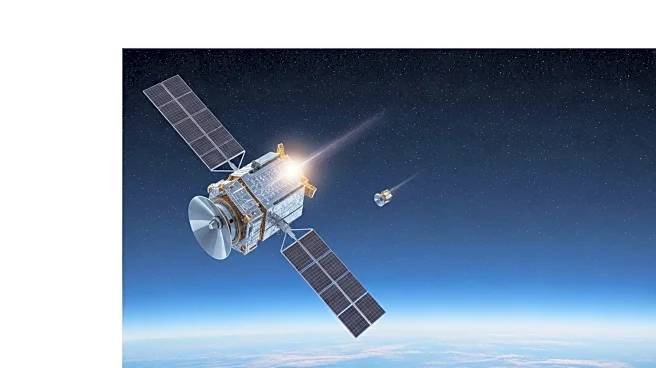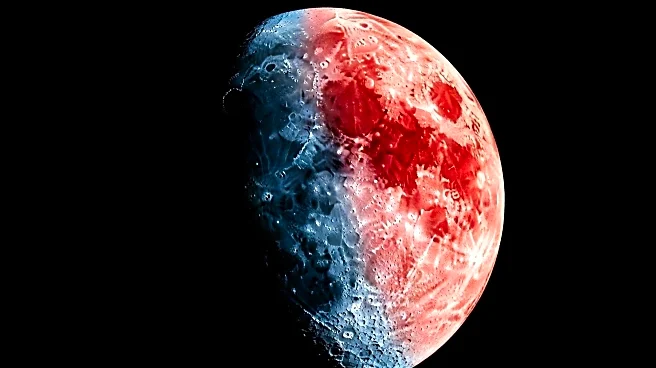What is the story about?
What's Happening?
Recent findings from rock samples collected by China's Chang'e 6 lunar rover have revealed a significant thermal imbalance between the Moon's near and far sides. The samples indicate that the far side's mantle cooled at temperatures more than 200°F lower than the side facing Earth. This discovery challenges existing models of lunar formation and evolution, suggesting that the Moon is far less symmetrical beneath its surface than previously believed. The research, published in Nature Geoscience, provides the first evidence of this temperature disparity using real samples, offering new insights into the Moon's geological history.
Why It's Important?
The discovery of asymmetrical cooling on the Moon's far side has profound implications for lunar science. It challenges prevailing models of lunar magma dynamics and volcanic history, potentially altering our understanding of the Moon's formation and evolution. The findings could influence future lunar exploration missions, as scientists seek to understand the distribution of heat-producing elements and their impact on the Moon's geological activity. This research may also affect how we interpret lunar volcanism and magma flows, with implications for the potential for stored heat reservoirs that could influence future exploration.
What's Next?
Researchers plan to conduct follow-up studies to explore present temperature differences and sample diversity on the Moon's far side. As more samples become available, scientists will test whether the temperature contrast is localized or a global phenomenon. The findings may prompt refinements in models of lunar formation and evolution, as scientists seek to understand the Moon's early history. Future missions may focus on collecting additional samples from the far side to further investigate the thermal and compositional differences between the Moon's hemispheres.
Beyond the Headlines
The discovery of asymmetrical cooling on the Moon's far side highlights the Moon's dynamic nature and hidden internal complexity. It raises questions about the potential for geologically active regions beneath the surface, challenging the notion of the Moon as a static relic. The findings may influence how scientists simulate the Moon's early history and interpret its geological activity. This research underscores the importance of sample return missions in advancing our understanding of lunar science and the potential for future exploration.
AI Generated Content
Do you find this article useful?
